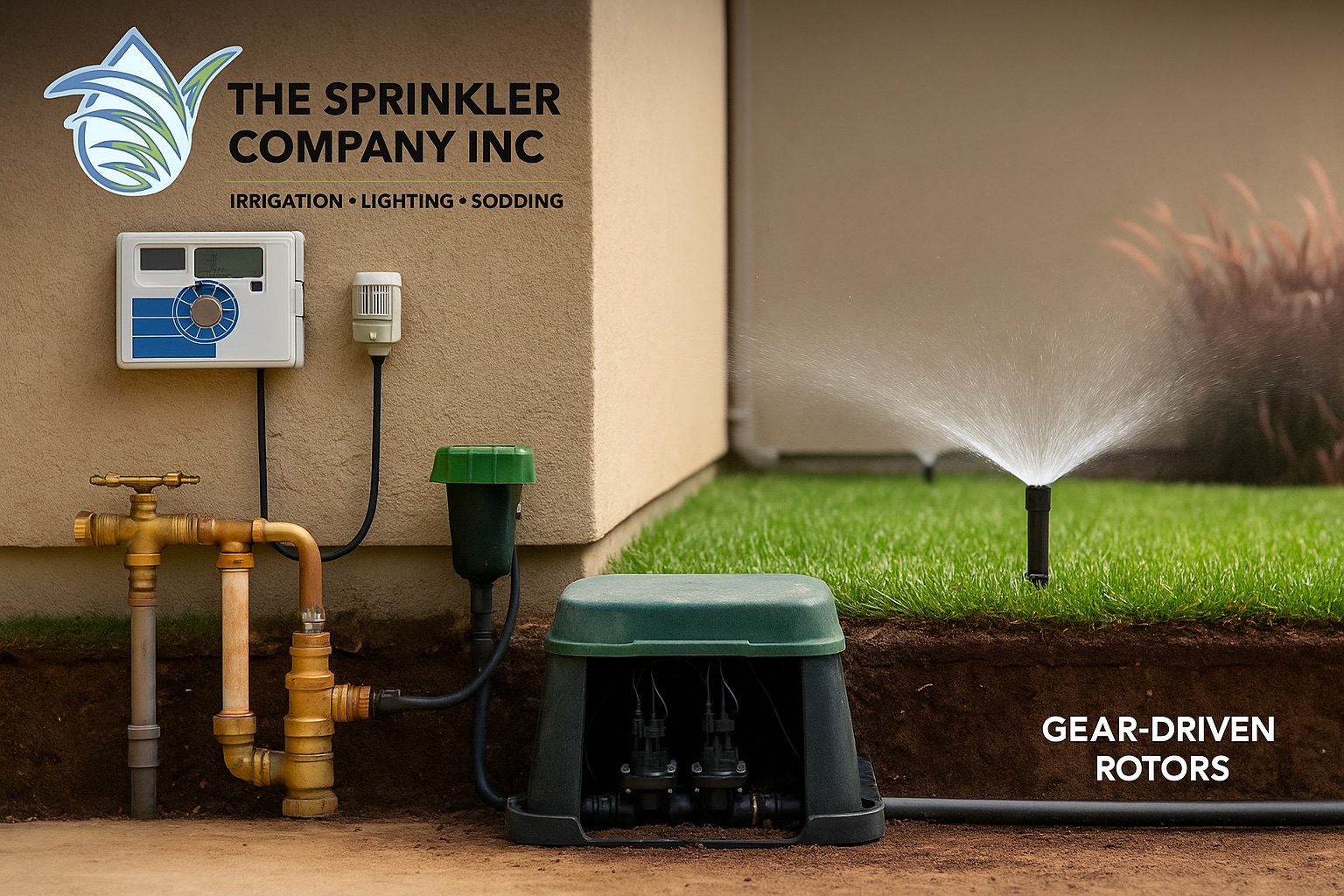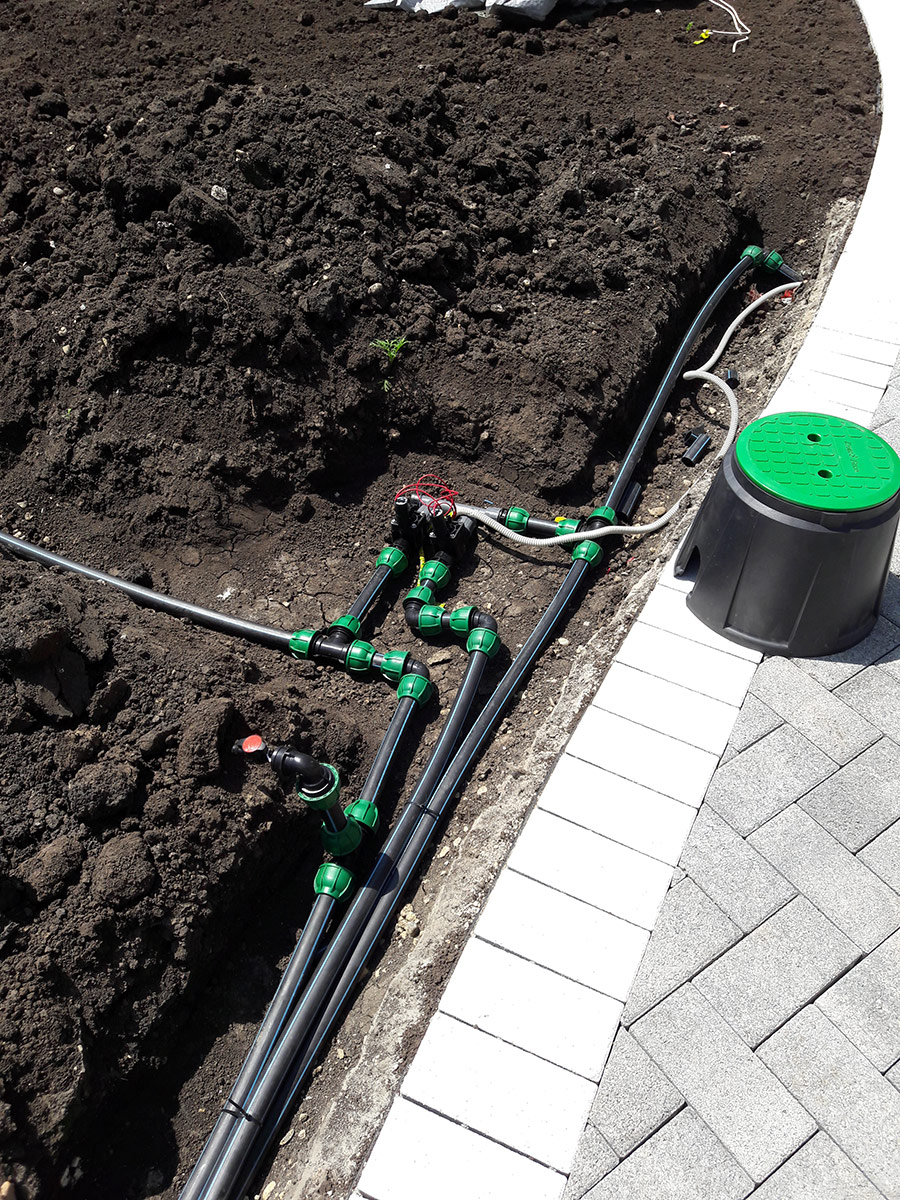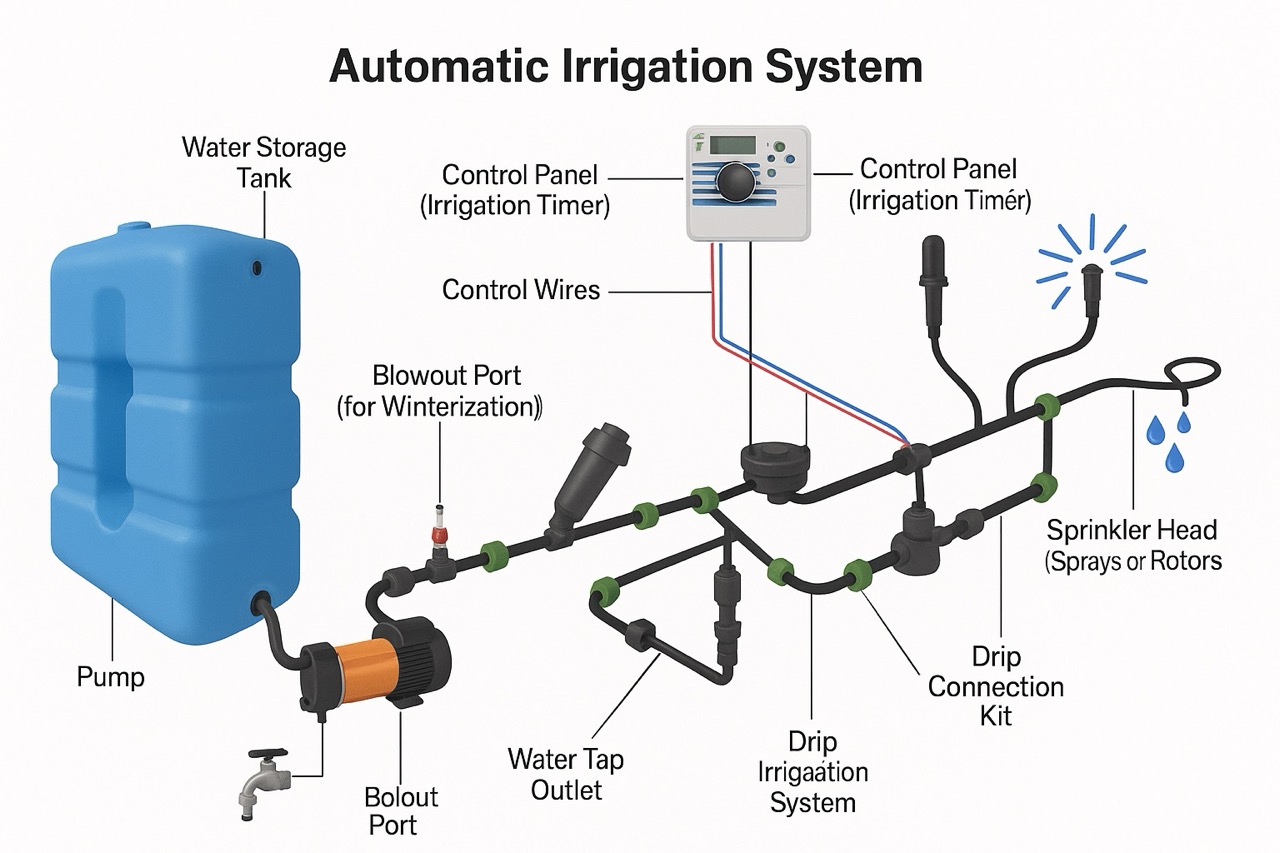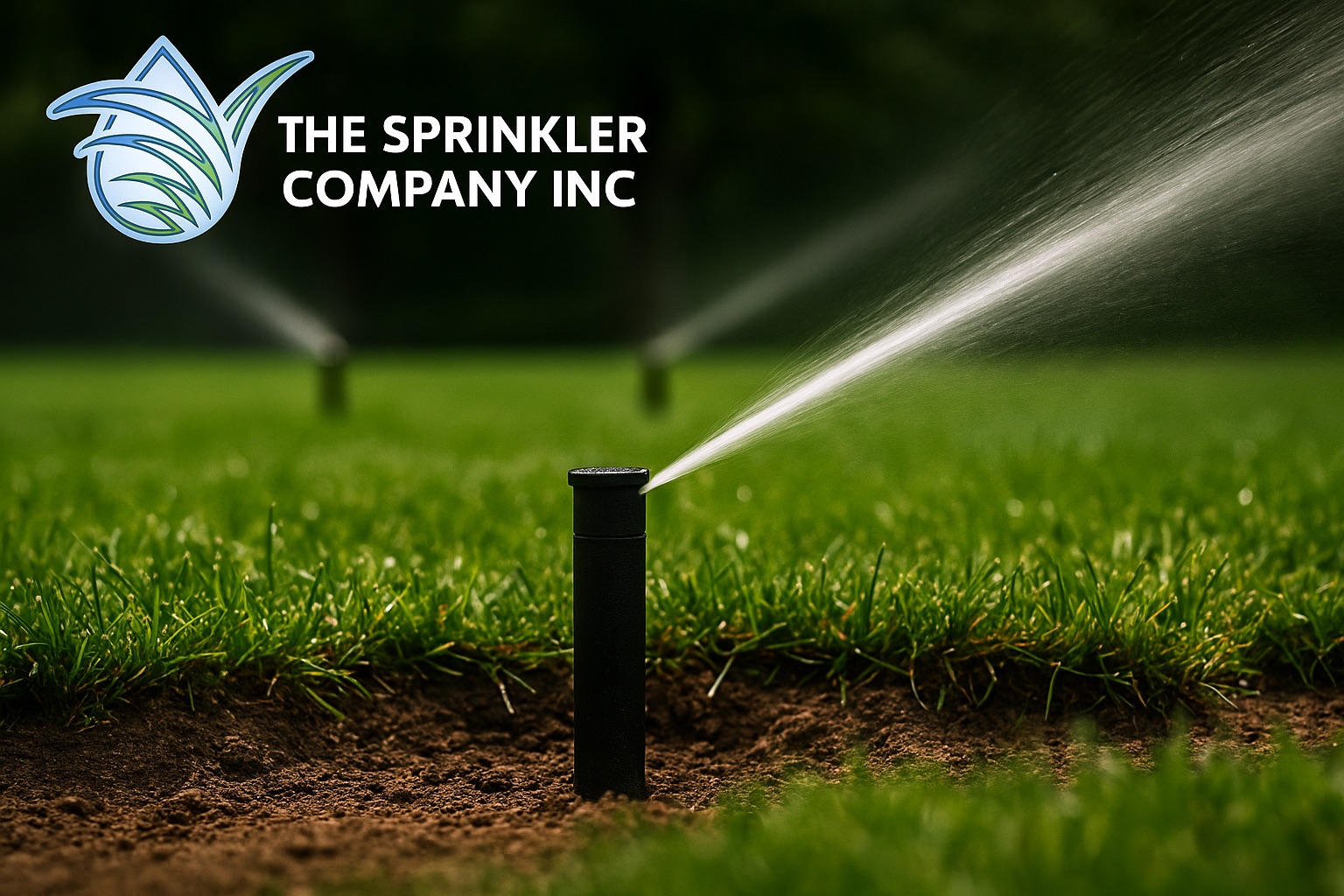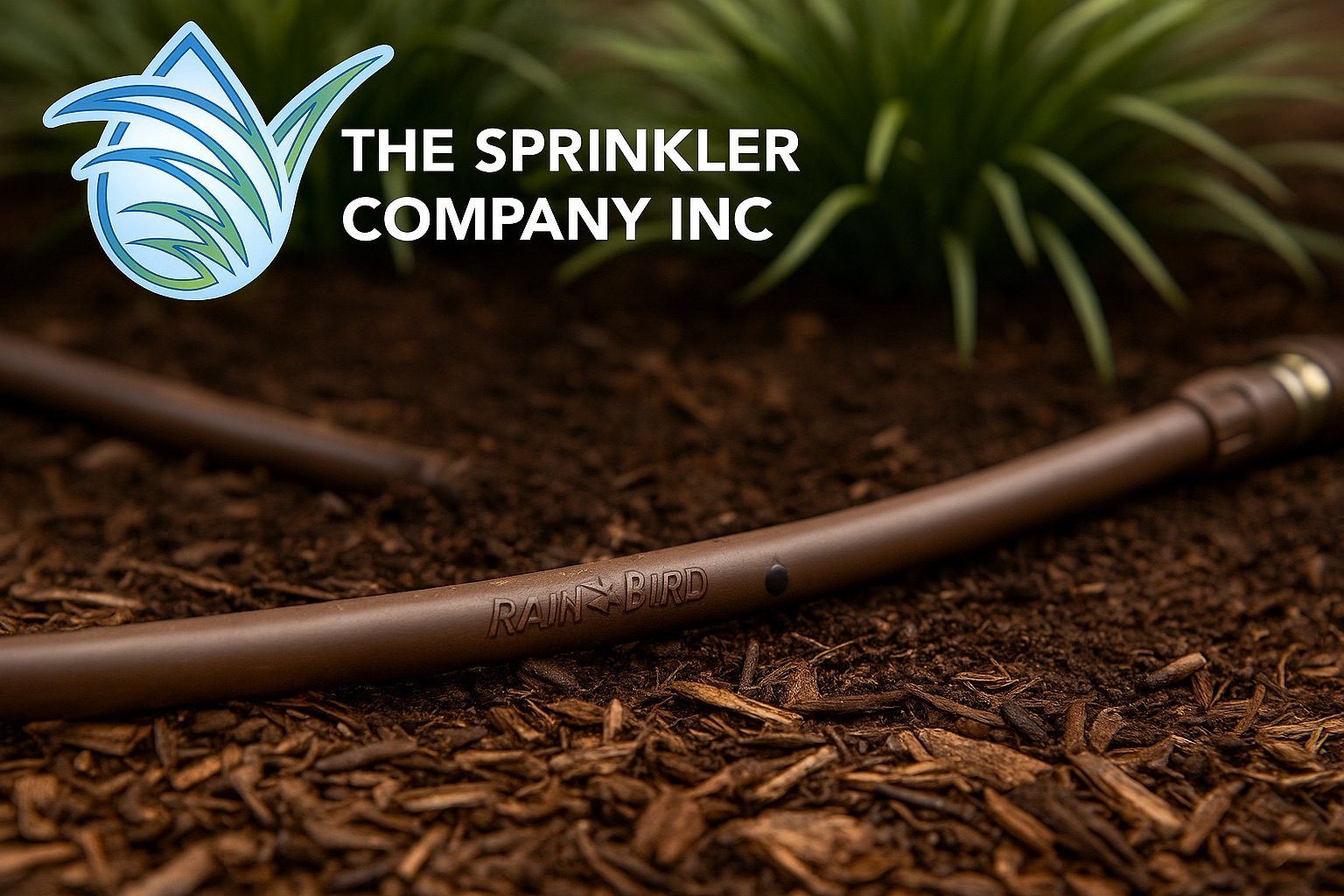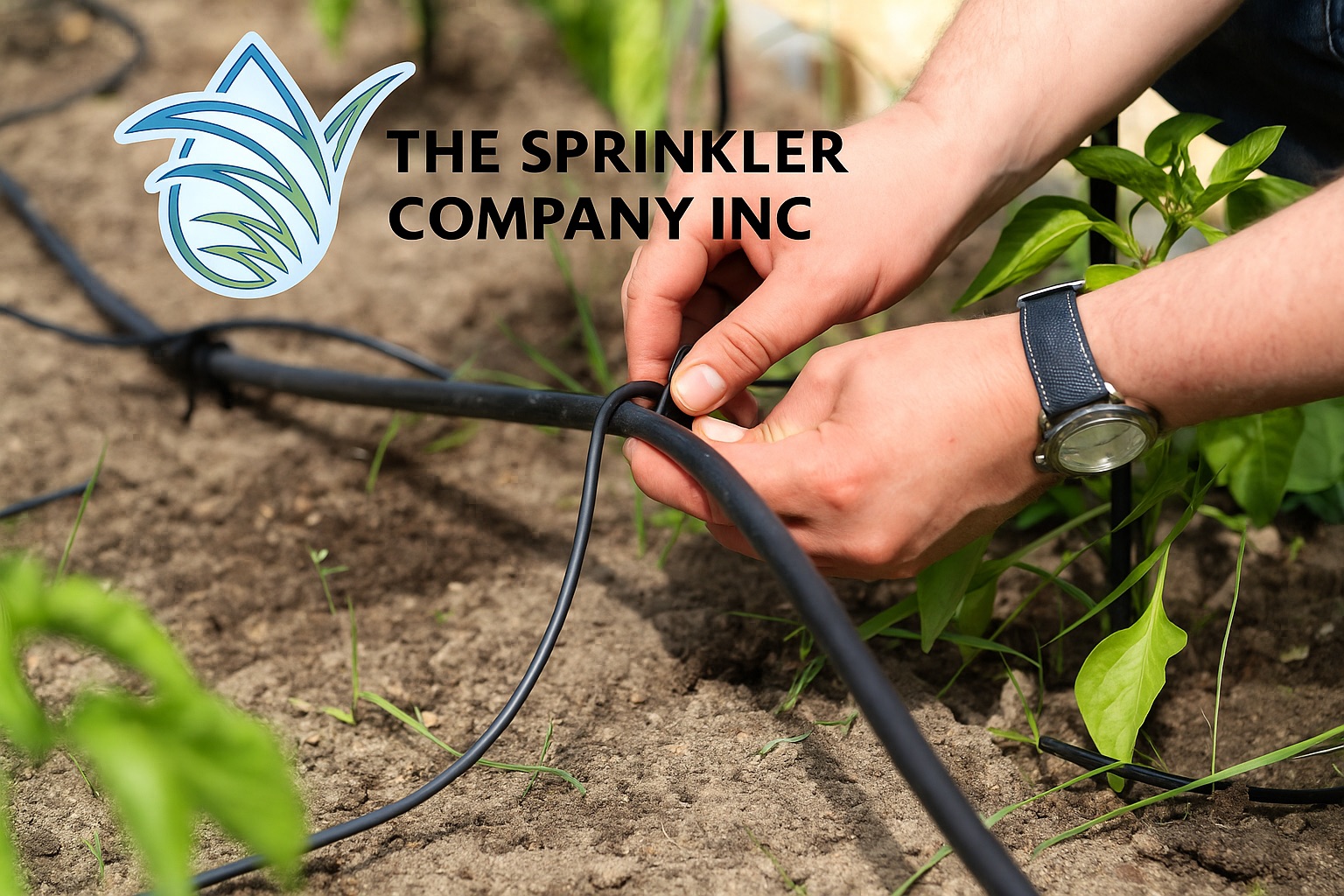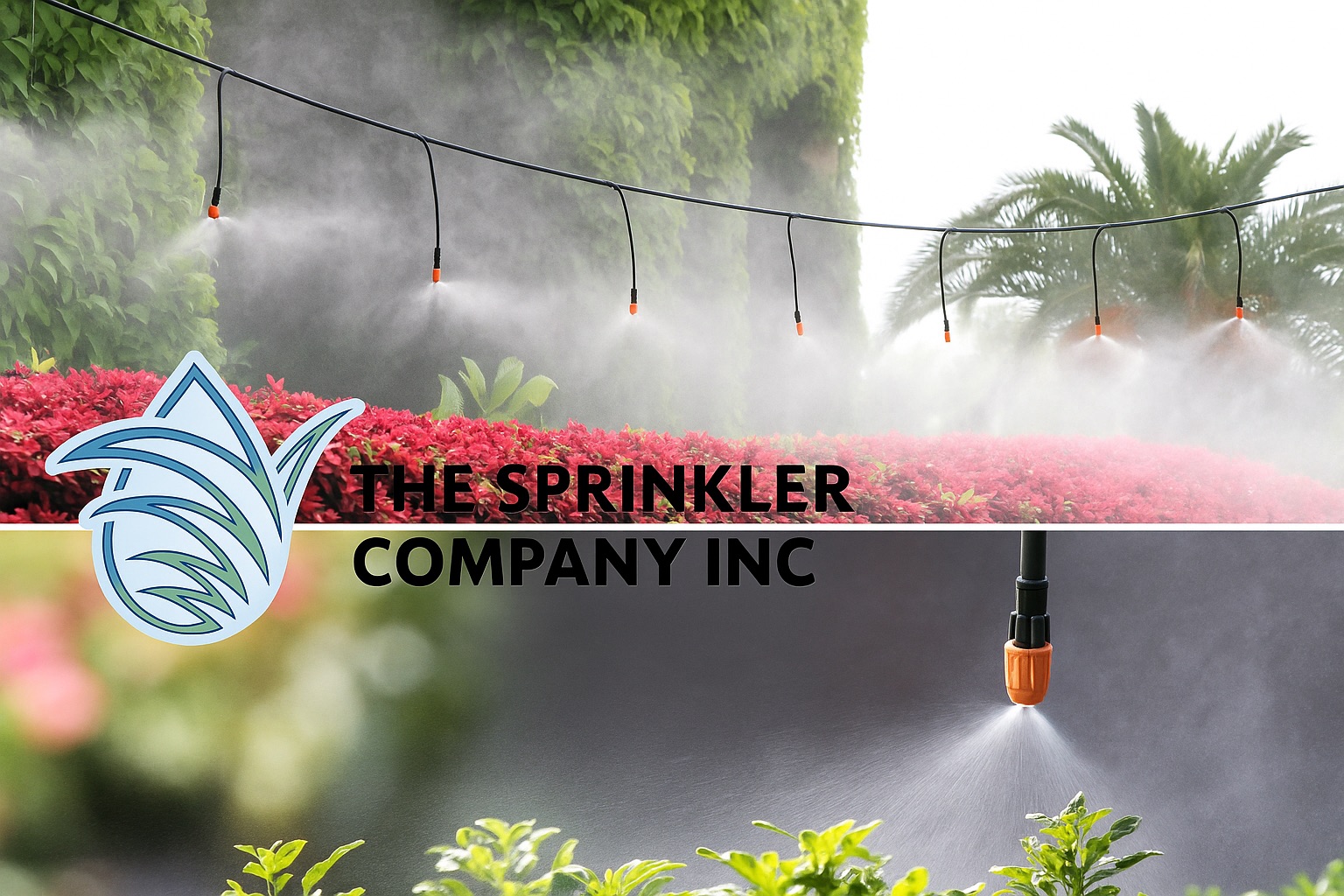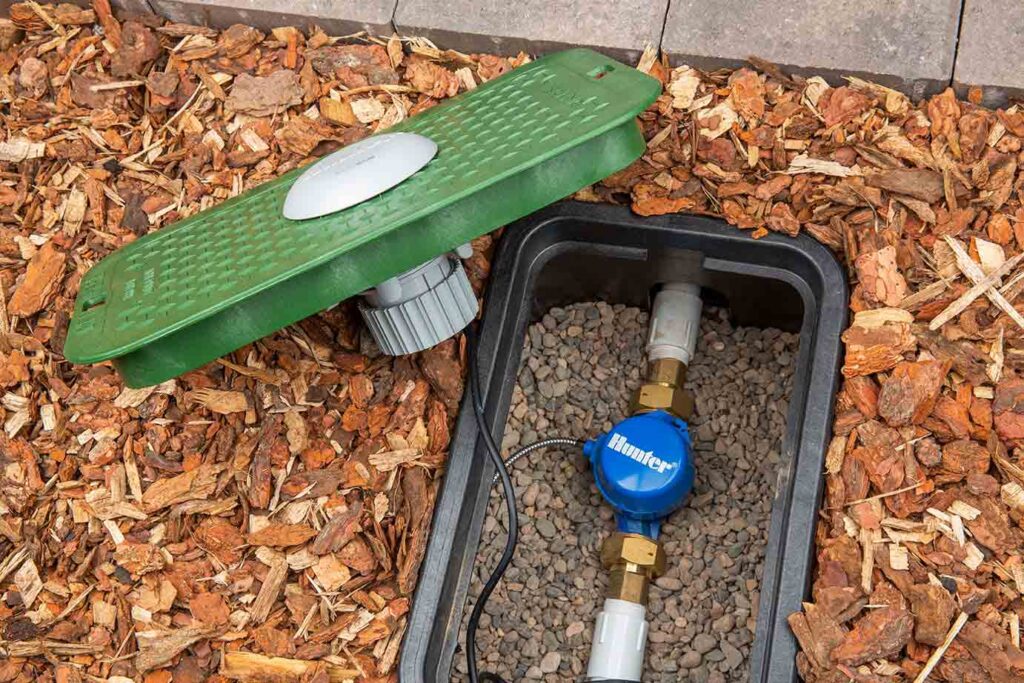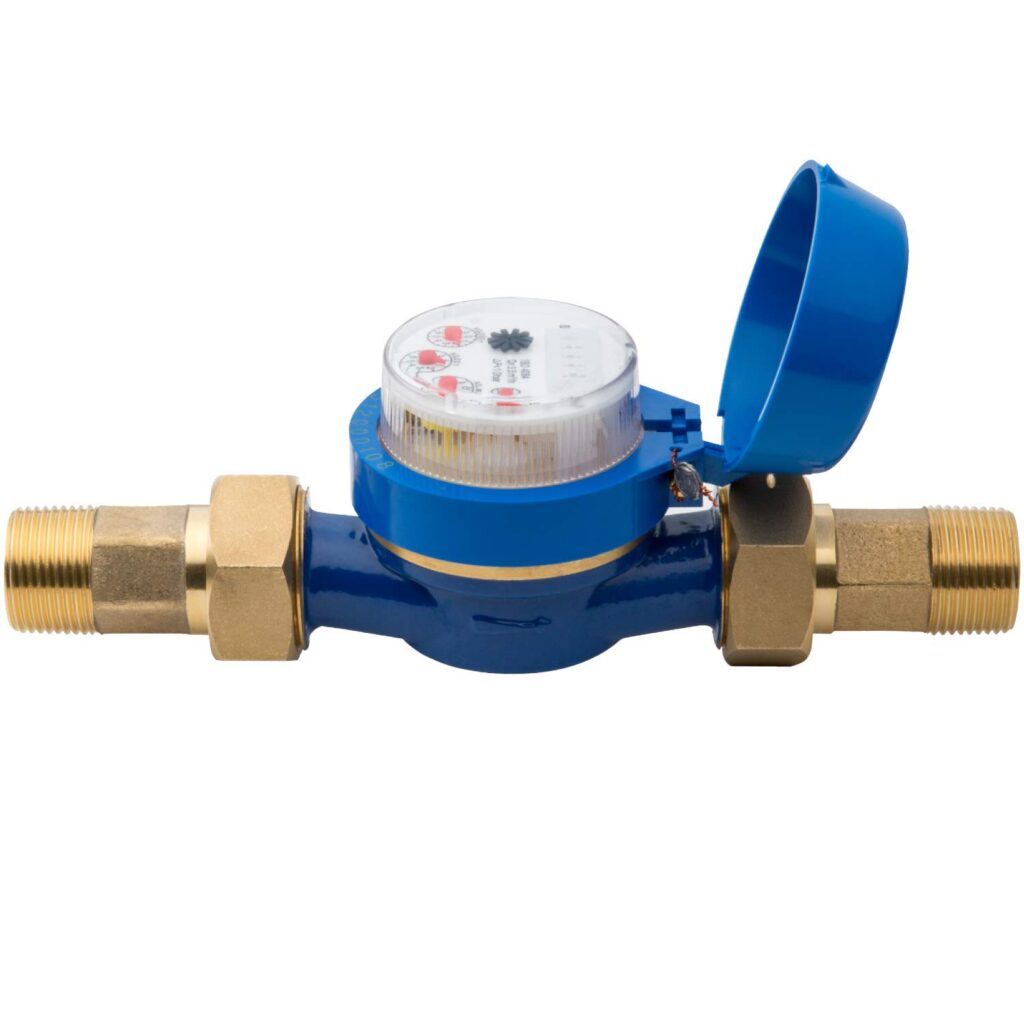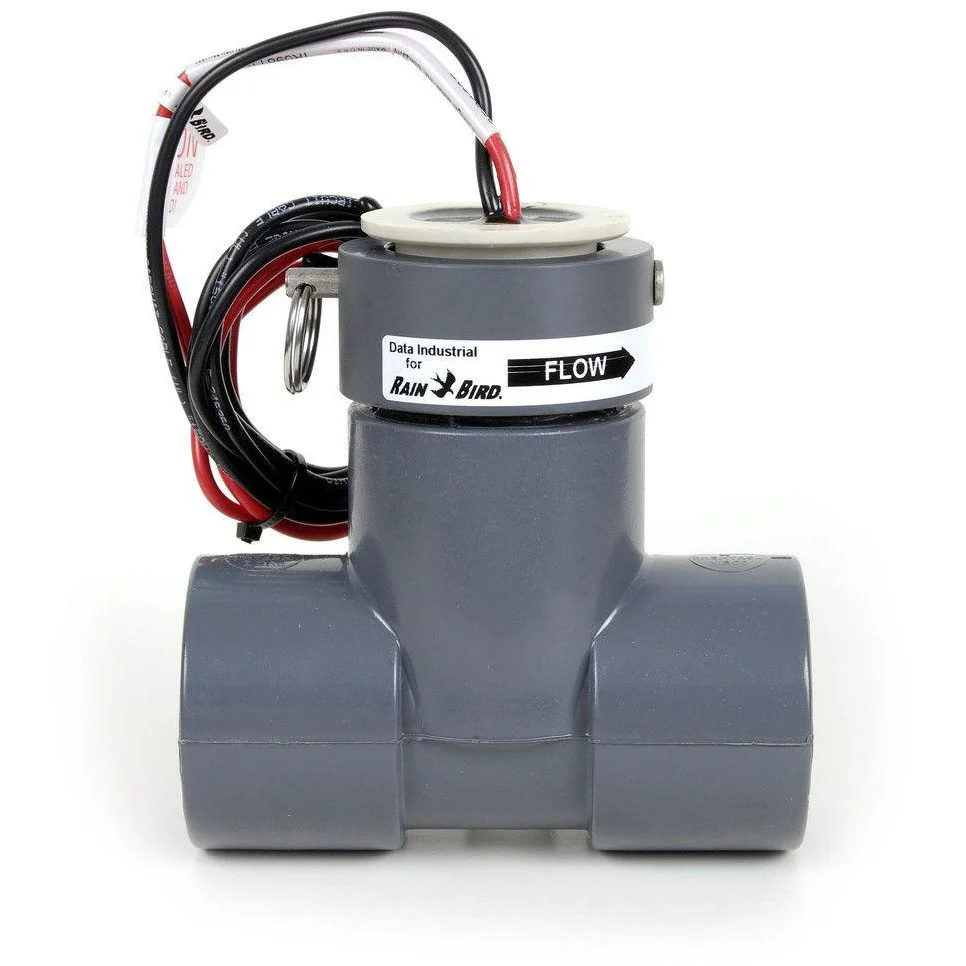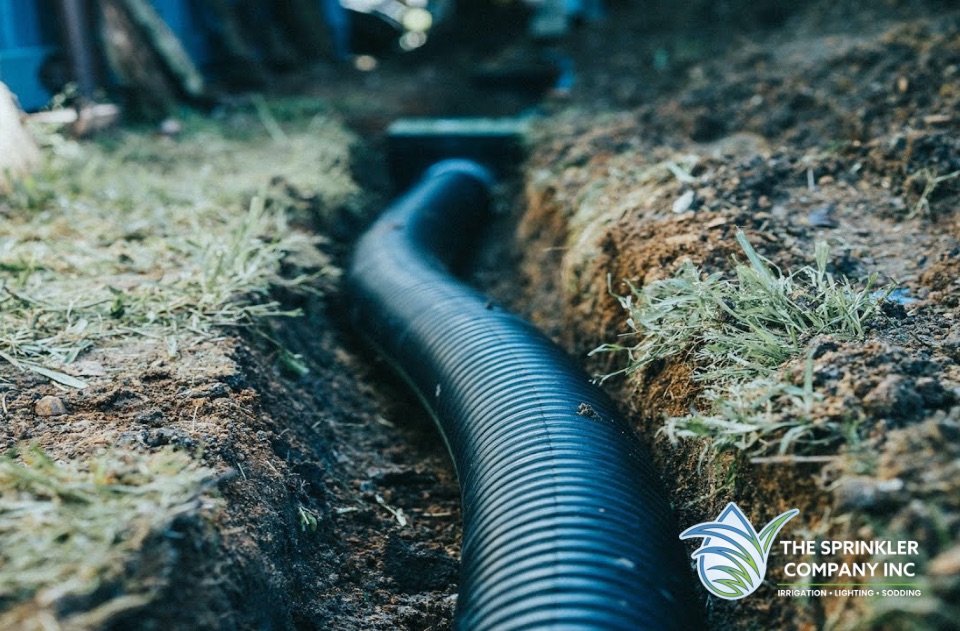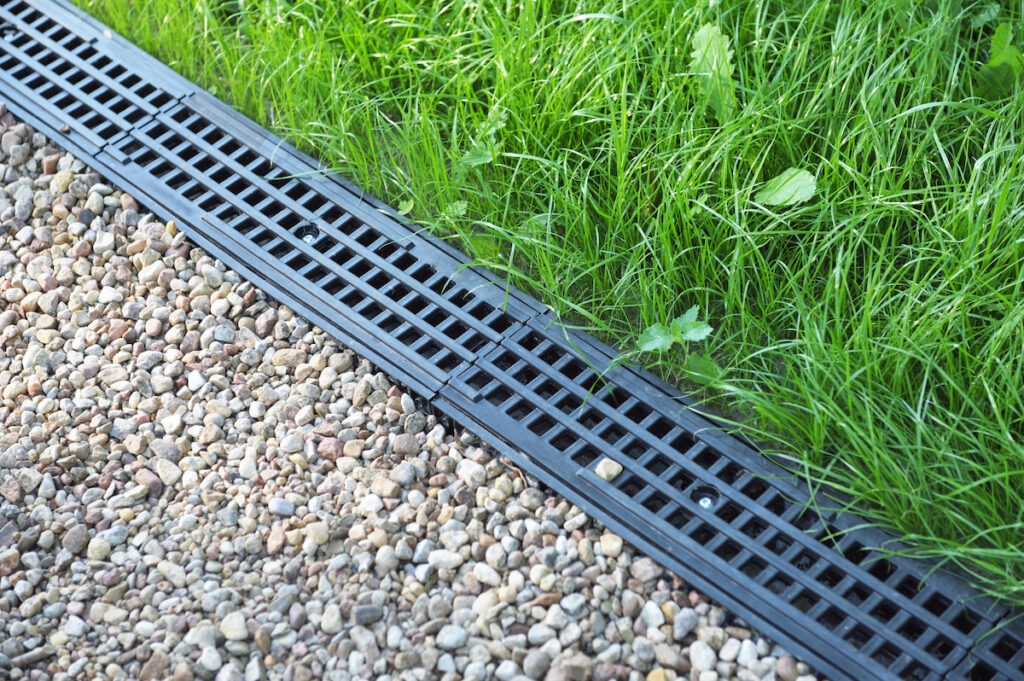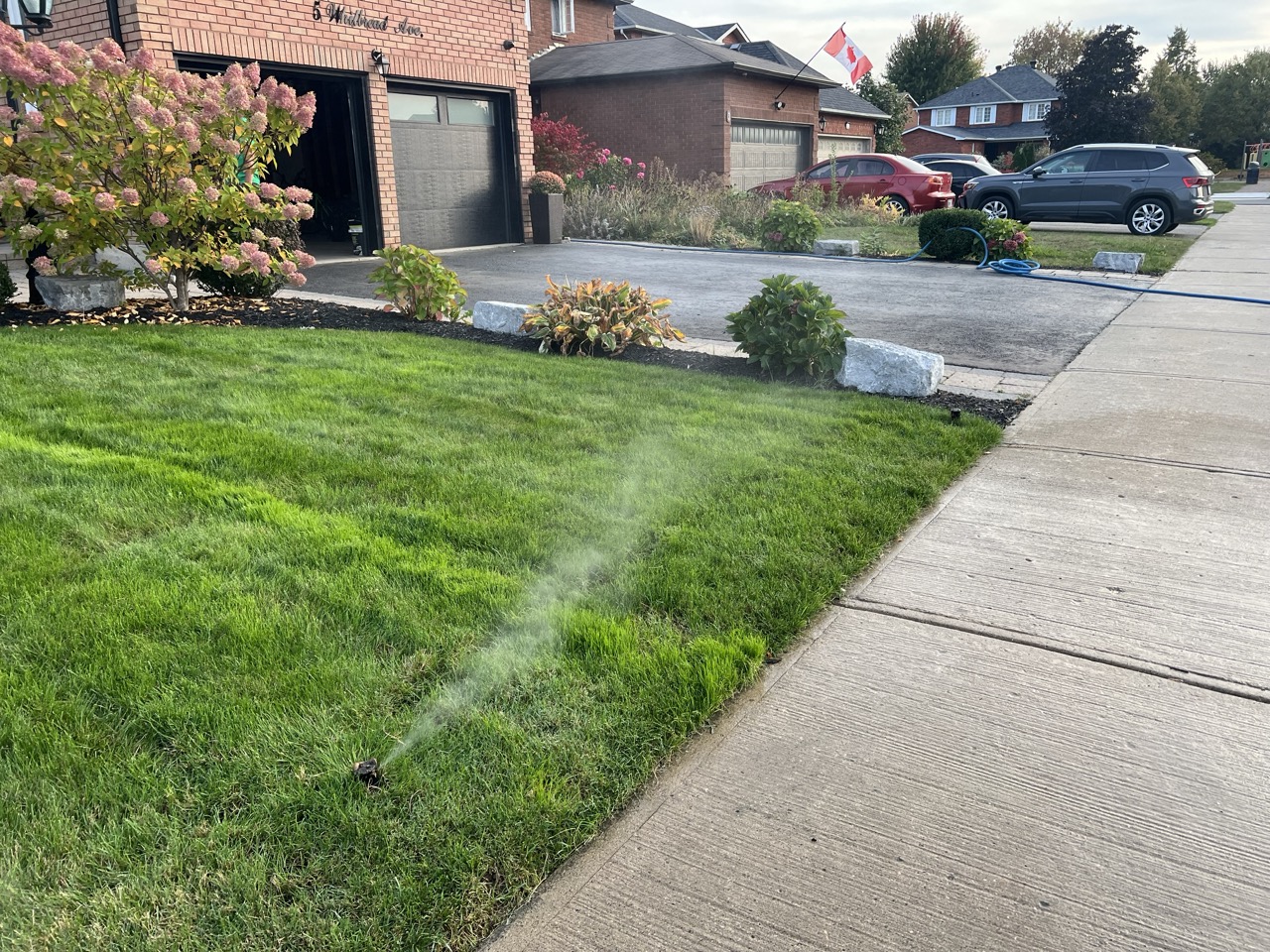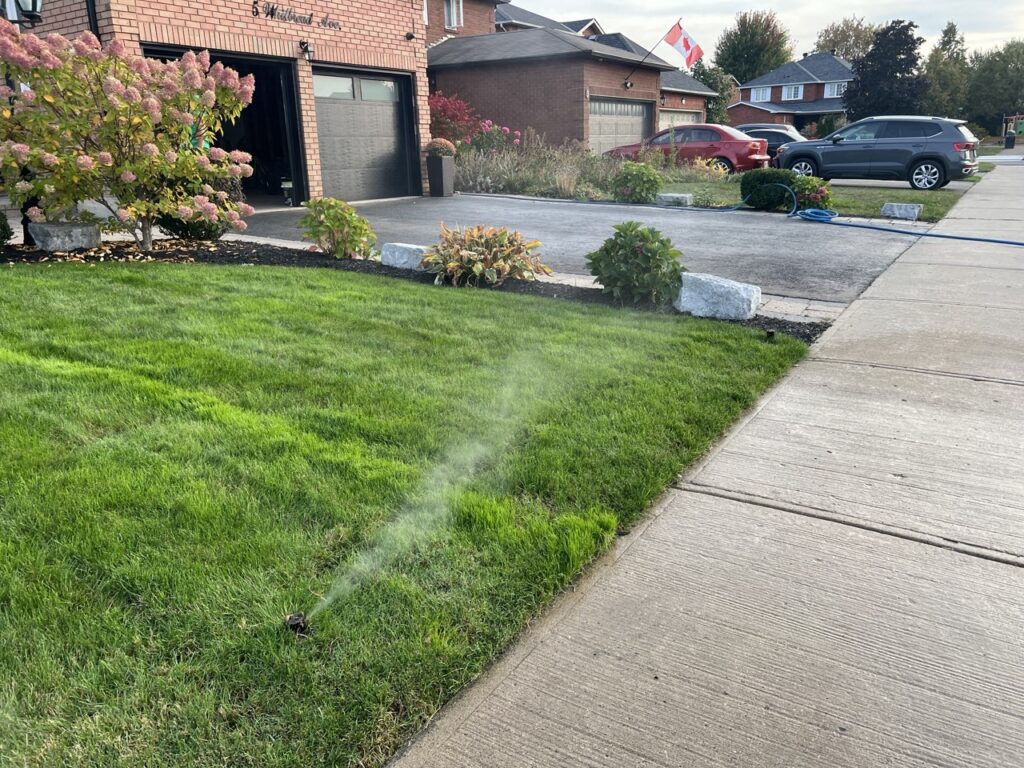Best Time to Water Your Lawn in Toronto
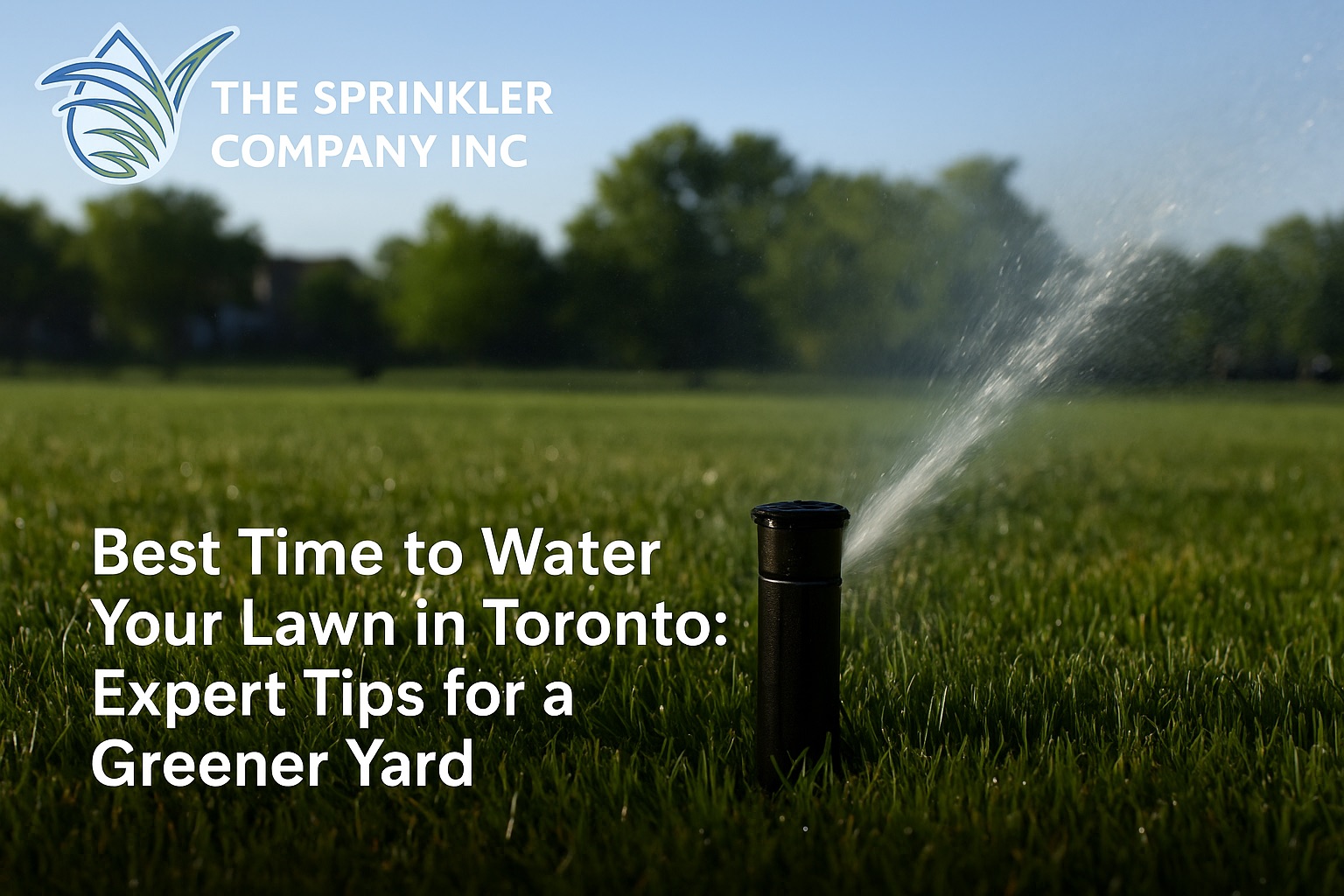
One of the basic principles of maintaining a lawn and garden that are in a healthy and good state in Toronto is the right application of water that suits the local climate. The most appropriate time to water the garden is early in the morning around 5 AM to 9 AM when the sun is not strong and the wind is quiet, which allows the water to seep into the ground quickly and evaporation to be controlled efficiently. For most lawns, we advise a schedule of watering in the early part of the day on Monday, Wednesday, Friday, and Sunday during the hot months using a sprinkler running for 20–30 minutes per zone depending on the coverage and the type of soil in it. Flower beds respond well to a 15–20 minute spray, while the vegetable patches require a drip or soaker system running 30–45 minutes, 3 times a week. Trees and shrubs need to be given a lower more frequent deep watering—only once or twice a week, with each zone running 40–60 minutes using bubblers or deep-root irrigation. Smart controllers such as the Hunter X2 with Hydrawise offer predefined settings for various zones that can be easily overwritten and will automatically withhold watering after a rainy day. In the event of a heavy shower (10 mm or more), turn your system off for 1–2 days so that the ground can dry and avoid overwatering and root rot. Double check if your timer is scheduled to continue on the next cycle, and for confirmation, always test the soil—if it feels moist two to three inches into the ground, wait another day to water. The worst watering practice is to water your garden at night because the grass remains wet for many hours and this creates a condition that favors the occurrence of fungus and turf disease. Do not forget that water should be applied alternately as per the weather conditions—less in spring and fall, more in the summer heat.
Use rain sensors and flow meters to further optimize water use and detect leaks or inefficiencies. The Sprinkler Company Inc. offers irrigation system programming that is specially designed to meet customers’ needs using water efficiently and maintaining plant health of lawns, gardens, and planters. Contact us and get a free inspection or upgrade your system to the smart watering technology in Toronto and the GTA.
🌱 5-Day Irrigation Schedule for Toronto & GTA Regions
Our Partner
Best Time to Water Your Lawn in Toronto


